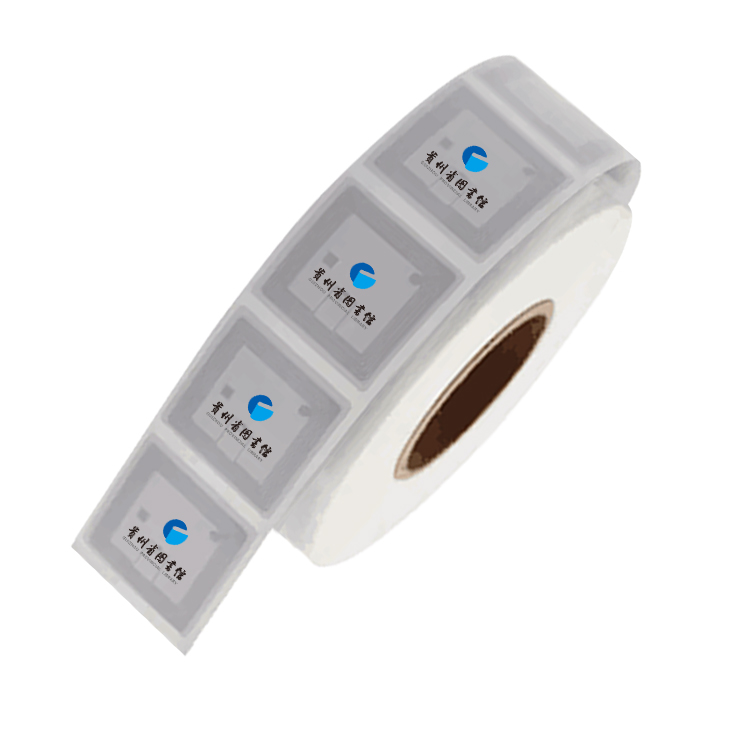In recent years, with the change in pet ownership concepts, “scientific pet care” and “refined breeding” have become trends. The pet supplies market in China has undergone iterative development. Smart pet care and technological pet care have further driven the growth of the pet intelligent equipment industry, and the application of RFID technology in pet intelligent devices has also been a major development in recent years. Through precise identification by RFID technology, it can provide data support for pet owners to achieve intelligent feeding and personalized feeding, bringing pet owners a more convenient and efficient pet care experience.
Compared with other types of intelligent pet devices, pet intelligent devices with RFID technology have the following characteristics: Precise identity recognition: RFID technology is not affected by environmental factors such as light and hair obstruction. Even in darkness, it can accurately identify, with an identification accuracy rate of over 99%. In multi-pet households, by attaching RFID pet collars or implantable chips to the pets, the identities of each pet can be precisely distinguished, and precise feeding and personalized feeding can be achieved through the RFID identification device in the pet feeding device.
No need for pet’s cooperation: RFID technology has the feature of non-contact identification. Even when the pet is in motion, it can accurately identify. There is no need to train the pet to perform operations such as “face scanning” or “paw pressing”. However, for pet smart devices with fingerprint or facial recognition, the pet needs to remain in a certain prohibited state or perform specific actions; otherwise, it is difficult to identify.
Data interaction and ecological loop: By using RFID chips as the unique identity identifier for pets and linking them with identity data, it is connected with the pet hospital system. By scanning and identifying the RFID chip of the pet, the owner’s contact information, pet medical records, and vaccination records can be obtained.
Low power consumption and long lifespan: RFID tags are passive tags, without the need for a built-in battery. This avoids the need for frequent charging or battery replacement. The lifespan of RFID tags is typically over 10 years, enabling several years of long-term operation. RFID technology, with its advantages such as precise identity recognition, low power consumption and long lifespan, strong anti-interference ability, and low cost, perfectly meets the core requirements of intelligent pet devices. It particularly demonstrates its irreplaceable value in scenarios such as multi-pet management, personalized feeding, and health monitoring.
Post time: Sep-12-2025







